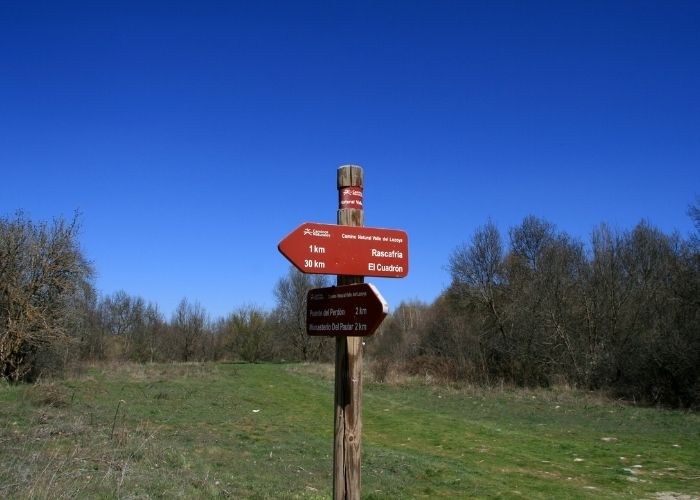MADRID – Spain now has 115 ‘Caminos Naturales’ with a total length of more than 10.000 kilometres all over the country. This network of natural roads is invested in and managed by the Ministry of Agriculture, Fisheries, and Food (MAPA).
According to the ministry, since the start of the program in 1993, more than €250million has been invested. This has been for the qualification and maintenance of the routes. Between 2019 and 2020, a further 232 kilometres were put into service on nine roads. The aim is to draw extra attention to rural areas in Spain. And furthermore, to develop the environment along which the paths lead economically by increasing tourist awareness.
The MAPA reports €6.3million was invested last year in road construction and maintenance and repair work. As a result, the following routes could be put into service on the L’Antic-Trenet (Valencia) and Matarraña-Algars (Tarragona and Teruel) roads and on the Vias Verdes from Lucainena de las Torres to Aguamarga (Almería). And also between Santander and El Mediterranean in the Daroca region (Zaragoza). This would make a total of 85.5 kilometres.
Caminos Naturales
The government wants Caminos Naturales programme to promote knowledge and appreciation of the natural environment and rural development among citizens. Similar to the well-known Vias Verdes, Caminos Naturales are endowed with a range of natural, cultural, scenic, and historical qualities.
According to the ministry, the actions in the field of Caminos Naturales fall under the national rural development program. This is co-financed by the European Agricultural Fund for Rural Development (EAFRD) in the context of sustainable rural development
Vias Verdes
These are routes for walking, cycling, or horse riding that in many cases lead over disused railway lines and therefore have a ‘minimal impact’ on the environment.


